-

crystalvioletlactone CAS:1552-42-7
Crystal Violet Lactone, also known as crystal violet leuco base, is a colorless organic compound that becomes intensely colored when exposed to an acid environment. This characteristic makes it valuable in the production of carbonless copy paper, where it serves as a color-forming component in pressure-sensitive copy systems. Its reversible color change enables the creation of duplicates without the use of traditional carbon papers.
-

Chloromethylpivalate CAS:18997-19-8
Chloromethylpivalate is an organic compound containing a chloromethyl group and a pivalate moiety. It is used in chemical synthesis as a versatile building block for creating various compounds. This compound’s reactivity and functional groups make it valuable in the production of pharmaceuticals, agrochemicals, and specialty chemicals.
-
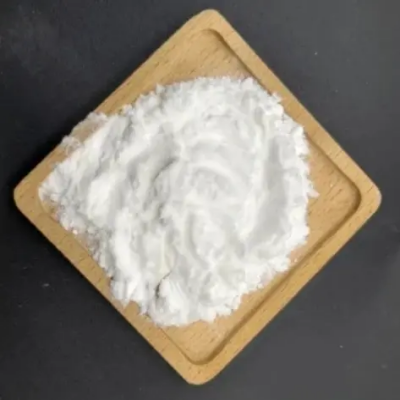
2-HYDROXYPROPYLMETHACRYLATE CAS:27813-02-1
2-Hydroxypropylmethacrylate (HPMA) is a clear, colorless liquid monomer with a characteristic odor. It is widely utilized in the production of adhesives, coatings, and various polymer materials due to its reactivity and ability to undergo polymerization. With a molecular formula of C7H12O3, HPMA is known for its high solubility in water and many organic solvents.
-
![7β-amino-7α-methoxy-3-[(1-methyl-1H-tetrazol-5-yl)S-methyl]-3-cephalosporin-en-4-carboxylicaciddiphenylmethylester CAS:56610-72-1](https://cdn.globalso.com/xindaobiotech/B1R7F951@WE5G1M_234.png)
7β-amino-7α-methoxy-3-[(1-methyl-1H-tetrazol-5-yl)S-methyl]-3-cephalosporin-en-4-carboxylicaciddiphenylmethylester CAS:56610-72-1
7β-amino-7α-methoxy-3-[(1-methyl-1H-tetrazol-5-yl)S-methyl]-3-cephalosporin-en-4-carboxylicaciddiphenylmethylester is a complex compound derived from cephalosporin, containing amino and methoxy groups with a tetrazole ring. This compound is a potent antimicrobial agent with enhanced stability, making it valuable in pharmaceutical research for synthesizing antibiotics. Its chemical structure allows for targeted antibacterial activity against various strains, showcasing potential for combating infections effectively.
-

Cefazolin CAS:25953-19-9
Cefazolin is a first-generation cephalosporin antibiotic used to treat a variety of bacterial infections. It works by interfering with the bacteria’s cell wall synthesis, leading to their destruction. Cefazolin is administered via intramuscular or intravenous routes and is commonly prescribed in both clinical and hospital settings for its broad-spectrum antibacterial properties.
-

7-Phenglacetamido-3-chloromethyl-3-cephem-4-carboxylicacidp-methoxybenzylester CAS:104146-10-3
7-Phenglacetamido-3-chloromethyl-3-cephem-4-carboxylicacidp-methoxybenzylester is a chemical compound used in pharmaceutical research and development. It belongs to the class of cephem antibiotics and exhibits potential therapeutic properties. Its molecular structure and functional groups contribute to its pharmacological activity, making it a subject of interest for further studies.
-
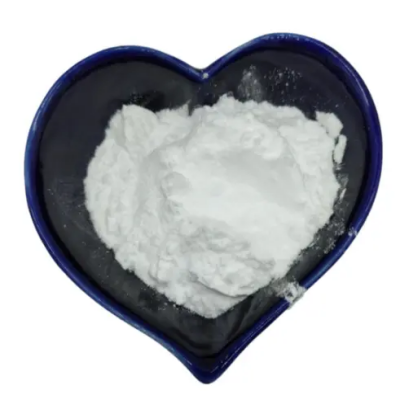
2-Cyanophenol CAS:611-20-1
2-Cyanophenol is an organic compound consisting of a cyanide group attached to a phenolic ring. It is used in organic synthesis as a versatile building block for creating various compounds. This compound’s reactivity and functional groups make it valuable in the production of pharmaceuticals, agrochemicals, and specialty chemicals.
-
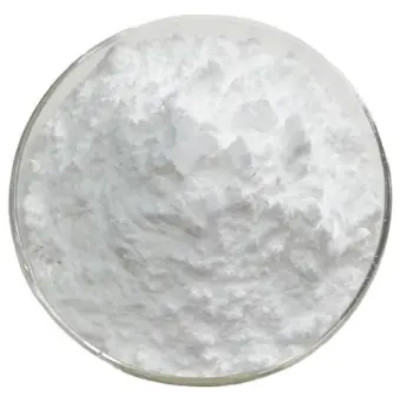
2-Coumaranone CAS:553-86-6
2-Coumaranone is an organic compound with a bicyclic structure containing a coumaranone ring. It is utilized in synthetic chemistry as a versatile building block for creating various compounds. This compound’s unique structure and reactivity make it valuable in the production of pharmaceuticals, agrochemicals, and specialty chemicals.
-
![2-[2-(4-Chlorophenyl)ethyl]-2-(1,1-dimethyl)-oxirane CAS:80443-63-6](https://cdn.globalso.com/xindaobiotech/CMGYQWFMYMAW61CV3X50.png)
2-[2-(4-Chlorophenyl)ethyl]-2-(1,1-dimethyl)-oxirane CAS:80443-63-6
2-[2-(4-Chlorophenyl)ethyl]-2-(1,1-dimethyl)-oxirane, also known as chlormephos epoxide, is a chemical compound belonging to the oxirane group. It is widely recognized for its insecticidal properties and is utilized in pest control formulations targeting various agricultural and public health applications. With its unique structure and reactivity, this compound plays a crucial role in combating insect infestations and supporting pest management strategies.
-
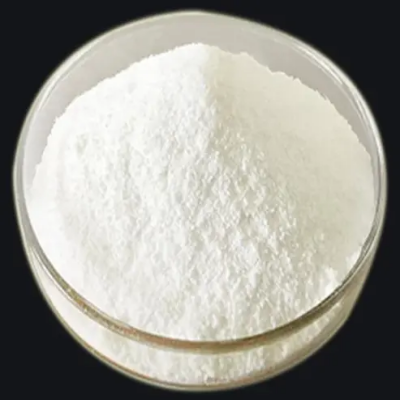
2,6-diaminoanthraquinone CAS:131-14-6
2,6-Diaminoanthraquinone is an organic compound with the chemical formula C14H10N2O2. It is a synthetic dye intermediate and a derivative of anthraquinone. This compound appears as a dark-colored solid and is used in the manufacturing of various dyes and pigments due to its vibrant and long-lasting color properties.
-

1-(2-Dimethylaminoethyl)-5-Mercapto-1,2,3,4-Tetrazol CAS:61607-68-9
1-(2-Dimethylaminoethyl)-5-Mercapto-1,2,3,4-Tetrazole is a chemical compound with the molecular formula C5H10N6S. It is a sulfur-containing heterocyclic compound recognized for its high nitrogen content and stability. This compound is commonly used as a building block in the synthesis of energetic materials, pharmaceuticals, and agrochemicals due to its unique chemical properties.
-
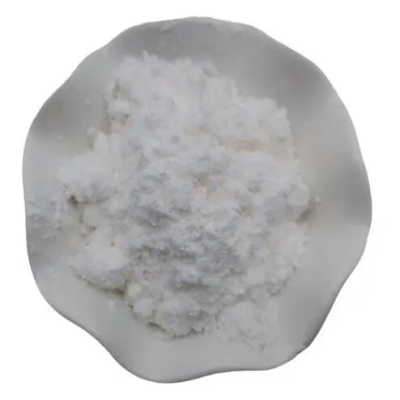
2-Hydroxy-5-methylpyridine CAS:1003-68-5
2-Hydroxy-5-methylpyridine is a chemical compound with the molecular formula C6H7NO. It is a colorless to pale yellow liquid with a pyridine-like odor. This compound is commonly used as a building block in organic synthesis due to its versatile reactivity and structural properties. 2-Hydroxy-5-methylpyridine is known for its solubility in various organic solvents and its ability to participate in a range of chemical reactions.

